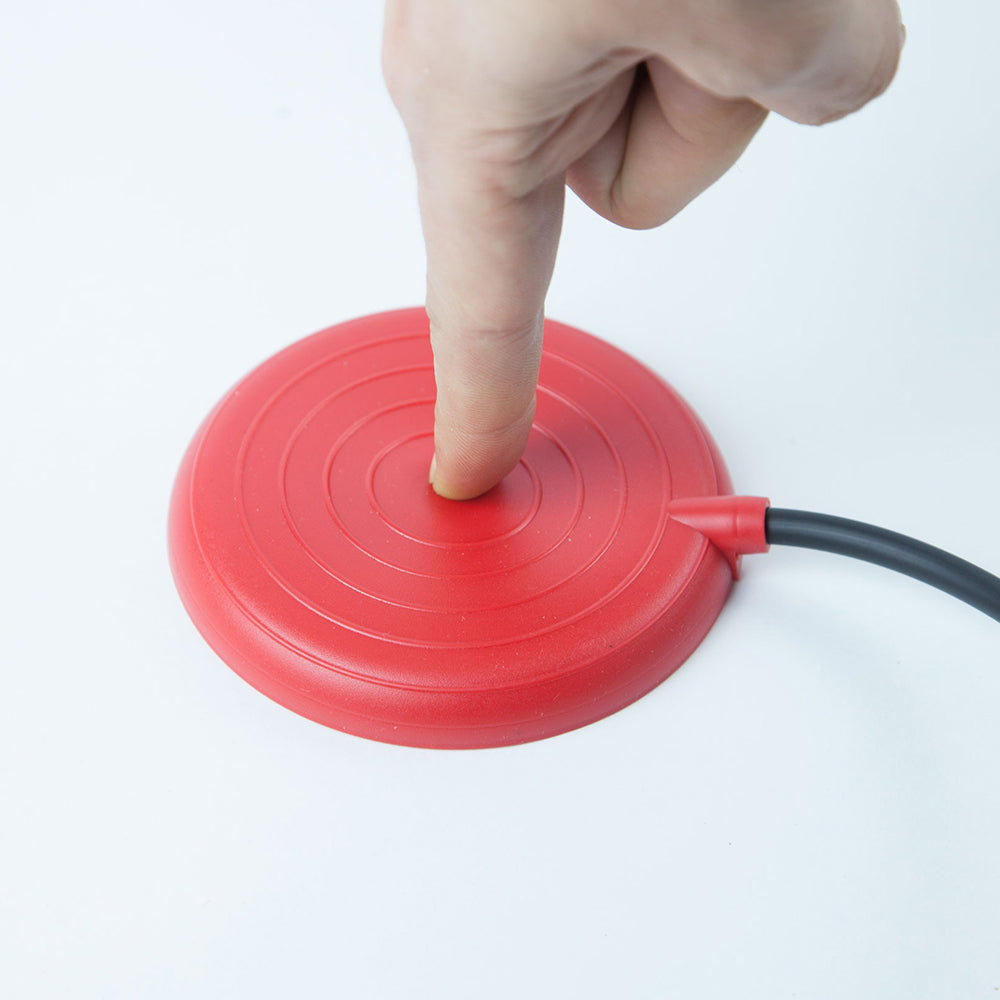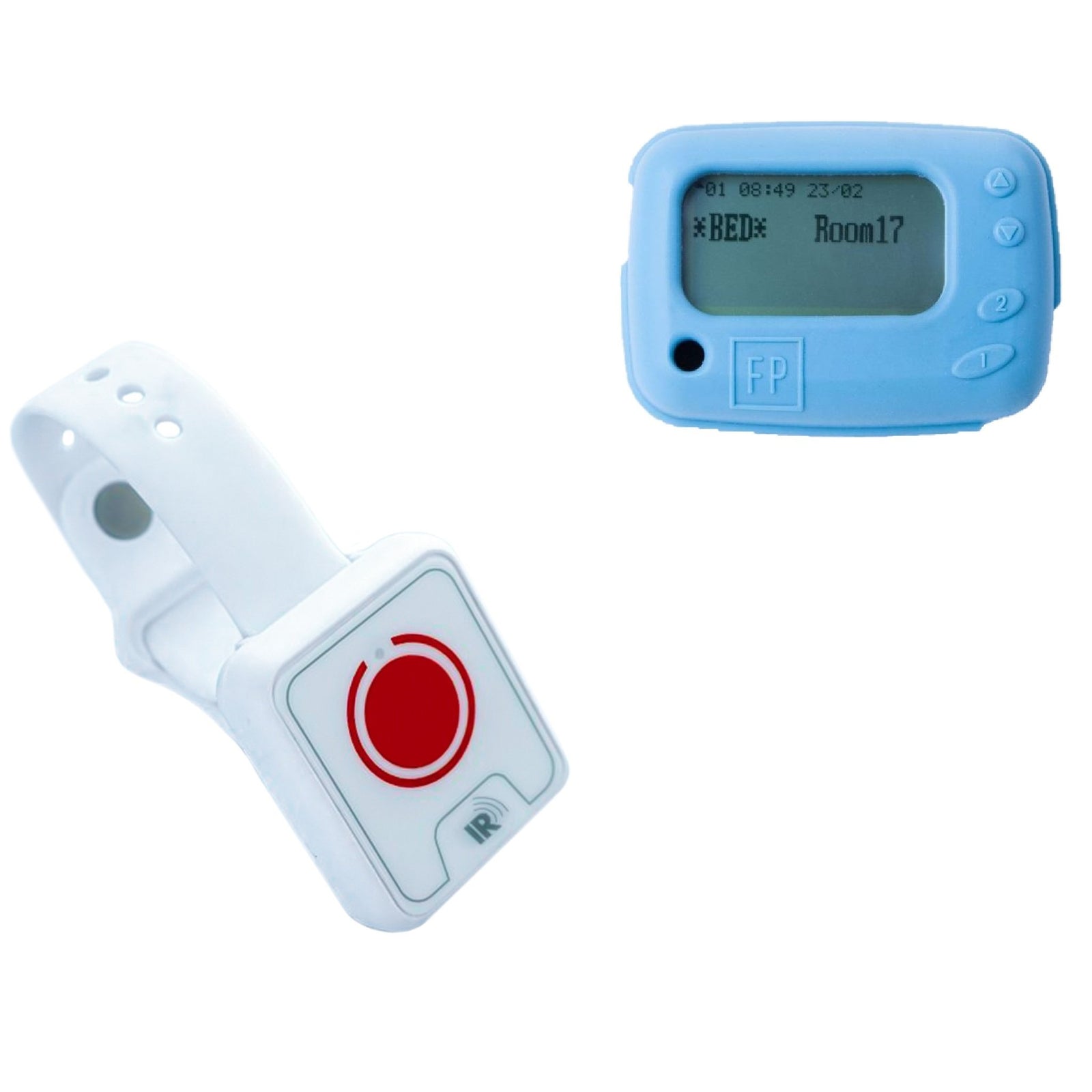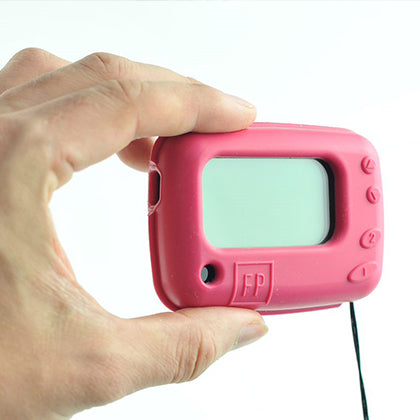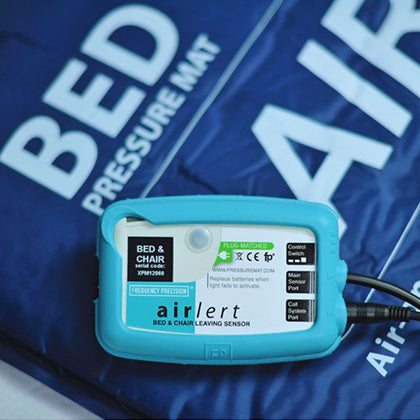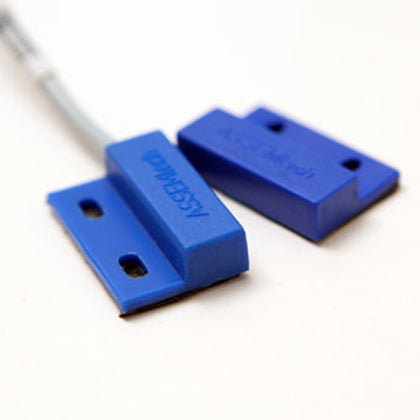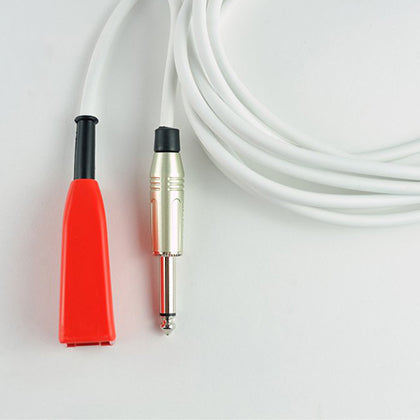
As we get older, the risk of falling increases, and as caregivers, it’s vital that you know how to prepare and prevent.
Falls do carry the risk of serious injury, and even minor falls can leave people feeling distressed. Fall prevention is an important topic that can help reduce the risk of falls in the home, whether it’s removing home hazards or introducing assistive devices to make life that little bit easier.
In this blog, we’re going to take a look at some of the ways to help reduce the risk of falling in the home.
Assess Individual Needs
When caring for an elderly individual or someone with limited mobility, it’s important to keep a close eye on any changes that could impact their ability to stay steady on their feet. Keep a detailed list of all medications, both prescribed and over the counter, that the individual is taking and discuss any possible side effects with a health care provider. Regular reviews can identify any medication with side effects that can increase the risk of falling, such as sedatives and antihistamines.
Previous falls should always be recorded, including instances where the falls were prevented through the intervention of others. This will help identify any recurring fall scenarios and help inform a more specific fall prevention strategy.
Monitor Physical Activity

Exercise can be integral for fall prevention, helping to improve balance, coordination, flexibility and strength. Discuss appropriate physical activities with a healthcare provider and ensure that elements of this are incorporated into daily schedules; even gentle exercise such as Tai Chi and walking can make a difference. Take a look at the NHS guide to fall prevention for further information and advice.
When moving around the home, always ensure that sensible shoes are worn. Opt for properly fitting, sturdy flat shoes with grip on the soles. Footwear such as loose slippers, high heels or anything with a slick sole can increase the risk of falls.
Remove Hazards
It’s vital that the care environment is designed with fall prevention in mind, so here are just a few pointers to help create a safer environment.
- Move any coffee tables, stools, or decorative items from high-traffic areas in the home. Walkways should be kept as clear as possible.
- Fix any electrical cords or phone cords to the wall and secure rugs with grip pads or slip-resistant backing.
- Assess carpets and floorboards for any uneven surfaces and secure any loose boards or carpet edges.
- Store everyday essentials within easy reach (dishes, food and clothing)
- Use non-slip mats in bathrooms. This includes the bathtub and the shower.
Increase Lighting

Lighting plays an essential role in fall prevention, and creating an effective lighting strategy is all about common sense.
- Place a lamp in easy reach next to the bed.
- Add nightlights to hallways and landings.
- Ensure the paths to light switches are clear.
- Use glow in the dark stickers to illuminate light switches at night
- Store flashlights in easy to find places in case of power cuts.
Assistive Devices for Fall Prevention
There are many assistive devices designed to aid fall prevention in the home and care environment. Once the individual needs have been assessed, it should become clearer exactly what aids will suit the setting. Some of the most common fall prevention aids include;
- Stair handrails
- Raised toilet seats and armrests
- Shower seats
- Grab bars for bathtubs
- Non-slip mats for steps and wooden staircases.
Fall Prevention at Frequency Precision
In the event of a fall, we offer a range of products to help ensure that help is provided as quickly as possible. From fall alerts that allow the patient to quickly and easily call for help, to fall alert sensors for those with memory problems or dementia patients. Take a look at the full fall alerts range, and do not hesitate to get in touch with a member of the team to discuss our products in more detail.

